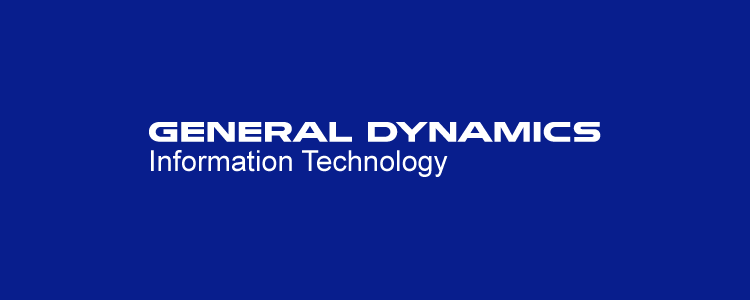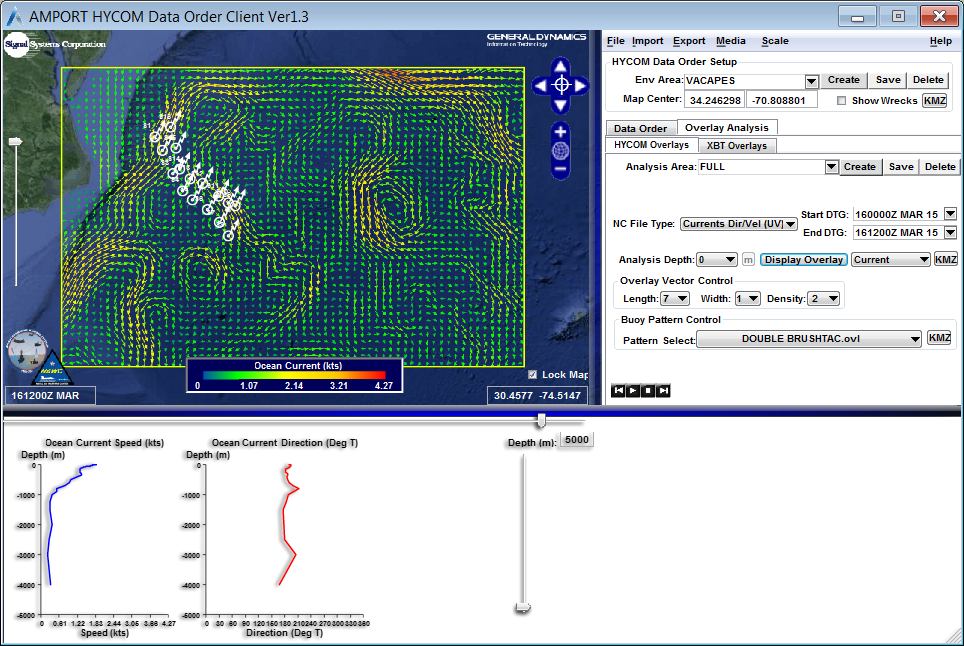Do you use Rapid Application Development?
Ever wondered how it can help you create your apps that much faster?
Gregory Warneford discusses how Rapid Application Development helps him and the US Navy.
Rapid Prototype Application Development at GDIT
GDIT has been using LiveCode and its MetaCard antecedent for several years in its Newport, Rhode Island office. LiveCode is used by GDIT Naval Operations Subject Matter Experts (SME) to develop functional prototype applications. Prior to working with LiveCode, the SMEs had little to no software programming experience or formal training. The prototype applications that the SMEs make are then used as templates for formal Java development of fielded systems.
The rich development environment and simplicity of the LiveCode IDE allows for the rapid design and development of complex applications. In fact, recently, a number of LiveCode one-off applications have been delivered directly to Navy customers as small single-use tools (not intended for navy-wide distribution).
Multi-Sided Analysis Tool (MSAT)
One of these one-off applications is called MSAT. MSAT was initially developed in-house to facilitate reconstruction of US and NATO Naval Exercises, supported by GDIT and the Naval Undersea Warfare Center (NUWC). The tool was offered to the Warfare Analysis and Research Department of the U.S. Naval War College, who were looking for a geo-centric tool to facilitate the pre-construction, setup, and engagement analysis of Naval War Games. At the time, there was no small commercial or government off-the-shelf application available that could do the analysis and provide the exported setup files required by NWC. A back-of-the-envelope outline of their requirements was all that was needed to rapidly modify the in-house reconstruction application to meet their initial requirements. The modifications to the reconstruction tool were completed in just a few weeks, adopted by NWC, and given its new moniker of MSAT in September 2014.
MSAT employs an organic map based on the NASA Big Blue Marble world image that is tiled to 7 zoom levels for the app. An organic map was required as the tool would operate offline and not be connected to the internet. However, a version is available that uses web map services in combination with the local map. The operator can rapidly build a set of Blue, Red and Neutral naval and air forces using chart point and clicks. Individual units, or the entire list of platforms, may be animated using a motion slider. Or an animation controller can provide automated animation at a times-real-time value, which can be adjusted using a slider or with the keyboard arrow keys.
Operational area fixed overlays can be displayed on the map surface. Multiple dynamic sensor (RADAR/SONAR) range overlays can be attached to each platform symbol and synchronized with the platform’s motion. The application keeps track of platform motion at one minute intervals and can provide engagement geo-spatial and temporal analysis for each platform versus one or all other platforms for the duration of an engagement scenario. Analysis reports may be exported in both CSV and KMZ formats.
The name Multi-Sided Analysis Tool is derived from the fact that the tool is used by a Blue, Red or White (referee) team to build and analyze platform engagements. When operating as a Blue (Flag) team, the operator can only see Blue and Neutral forces unless a Red platform is within the coverage of an appropriate sensor type. The detected Red platforms pop up when a friendly sensor is within range. The reverse is true when operating as a Red (Flag) team member. The Referee (White Flag) operator can see all units at all times.
MSAT allows the NWC students to rapidly set up and analyze war game results much more efficiently than by manually moving platform “pucks” around a table and then calculating time and ranges between the selected units.
This was all developed without a single line of code being written by a software engineer. The entire application was conceived, designed and authored by a single Naval Warfare subject matter expert in just a few of months. This could only have been done using LiveCode. The richness of the LiveCode command library and the simplicity of its IDE has made it possible.
Other LiveCode based applications recently developed by GDIT include an Air ASW Simulator, cross platform prototype, and a HYCOM Ocean Environment Model Data Ordering and Analysis Tool for the Naval Air Systems Command.
About General Dynamics Information Technology:
GDIT is headquartered in Falls Church, Virginia and employs approximately 96,000 people worldwide. The company is a market leader in business aviation; land and expeditionary combat systems, armaments and munitions; shipbuilding and marine systems; and information systems and technologies.



4 comments
Join the conversationJose - October 1, 2015
Congratulation, You really did an amazing thing with LC.
Brian Duck - October 1, 2015
Thanks for your post!
I’m interested to know more on how you accessed “the NASA Big Blue Marble world image that is tiled to 7 zoom levels for the app,” can you share some details without breaking any rules?
Leo - July 5, 2016
Your advice to go for RAD will only make already unprofessional developers even more unprofessional. Why would anyone want a rapidly developed app? It makes no sense at all. Here they write, the the two reasons may be time and money. Well, it will definitely save your time, do imagine what a poor result you will get? App development is a complex process that requires a lot of time if you want a good and efficient application that will increase your company’s productivity – look at this statistics. As for saving money, first off all, developing a quality app is an investment in the future of your company that will definitely pay for itself with time. And there are always options to make it low-cost – here they write that if you stick to the basic functionality, it will not cost you much.
By the way, there are many tools for ready-made apps, you can do it without tutorials, it is not difficult. You can read more on WikiHow.
Gregory Warneford - August 29, 2016
Leo,
In order to win a government contract to develop a high end IT system, especially with DOD, it is nearly always a plus to provide a working demonstration of a prototype. The customer becomes comfortable in you grasp of their requirements and your approach to addressing them. When you can show your prototype in just a few working days they become impressed with your firm’s agility reducing the fear of over runs and delays. The one drawback to demonstrating the LiveCode prototype is the impression that the work is already done. Tossing the App design over the development fence to the Java or C++ developers for the enterprise version is sometimes met with push back from coders who will say they can’t duplicate what the LC prototype can do in Java or C. As far as costs go paying me for a few weeks to develop a prototype that will win a multi-million dollar contract is small potatoes. In our world the customer is usually a war fighter and I as a former war fighter subject matter expert is closer to the problem and know what the fleet wants. It is easier for me to build my own than to go to endless design meetings to describe what is needed to a bunch of nerds who have never gone in “Harms Way”